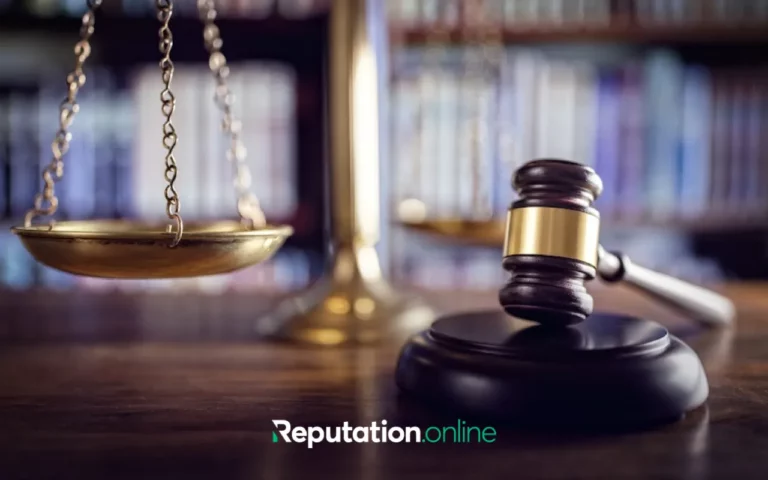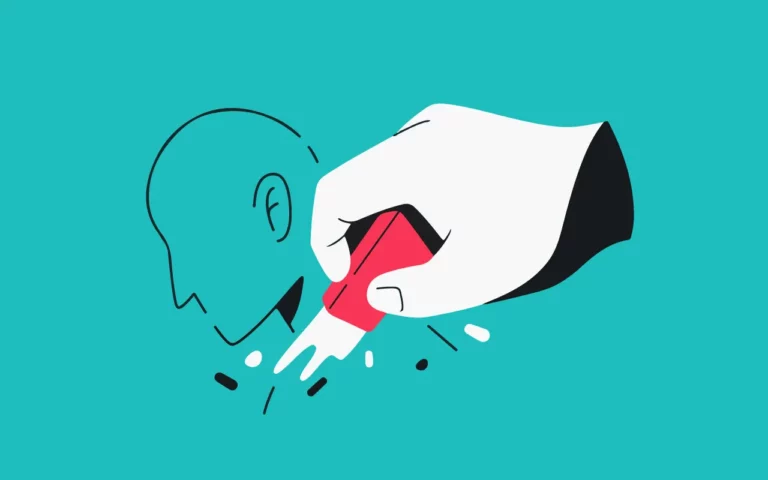The digital age has ushered in unparalleled access to information, but with it comes the double-edged sword of online reputation. While the internet forgets nothing, legislation like the “Right to Erasure” provides a lifeboat in the sea of permanency. If your online reputation has ever given you sleepless nights, this guide is your remedy. We’ll delve into the nitty-gritty of how the Right to Erasure can empower you to regain control over your digital self.
Why Does Online Reputation Matter?
Before diving into the legal toolkit, it’s crucial to understand the far-reaching impacts of your online reputation. Whether you’re an artist, a corporate professional, or even a victim of online harassment, your digital persona can make or break opportunities. The question isn’t whether you can afford to manage your online reputation, but whether you can afford not to.
What Is the Right to Erasure?
Also known as the Right to be Forgotten, Article 17 of the GDPR grants individuals the ability to request the removal of personal data under specific conditions. This legal provision has far-reaching implications for anyone looking to clean up their digital footprint.
When Can You Invoke the Right to Erasure?
The legislation isn’t a free-for-all; there are specific criteria to meet. These include:
- Data that is no longer necessary for its original purpose.
- Consent for holding data has been withdrawn.
- The individual objects to data processing and there’s no overriding legitimate reason for continuing it.
Expert Tip: Consult a professional service, like Reputation Online, to guide you through the labyrinthine process and increase your chances of success.
Steps to Reclaim Your Name
Step 1: Identify Problematic Content
List down websites, social media posts, or any digital platforms where damaging content resides.
Step 2: Gather Evidence
Document why the specific data negatively impacts your life and how it meets the criteria for removal.
Step 3: Make the Request
Approach the data controller (usually the website owner) with a formal request for data removal.
Step 4: Seek Professional Help
If the process becomes overwhelming or legally complicated, don’t hesitate to seek professional assistance.
Risks and Considerations
Invoking the Right to Erasure isn’t without its challenges and limitations. Always consider the potential for information to resurface, and the possibility that certain platforms may reject your request.
Engage and Reclaim
If you’re struggling with the burden of an undesired online reputation, you’re not alone. Many before you have reclaimed their names, regained control, and rewritten their digital narratives. Are you ready to be the next?
Subtle CTA:
If the path to reclaiming your online reputation seems daunting, it doesn’t have to be. Reputation Online specialises in navigating the intricate corridors of online reputation management. Learn more about how we can help you wipe the slate clean.




















